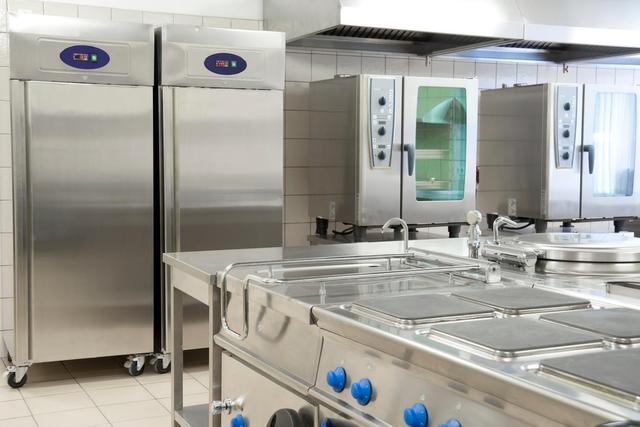Do you want to start a restaurant?
Starting a restaurant without a proper business plan is like a ship without a compass.
I know you have thought everything about opening a restaurant. But, it’s not enough. You need to write a detailed business plan for your restaurant.
A restaurant business plan is a framework that will help you launch and run your restaurant in an organized and systematic way. It contains everything like your restaurant’s menu design, employee details, market details, etc.
More importantly, the business plan will also help you gain investment for your restaurant business.
In this article, we will show you exactly how you can write a fantastic business plan for your restaurant.
Let’s start!
Why Do You Need A Business Plan For Your Restaurant?

Some new restaurant entrepreneurs skip writing a business plan. This is because it might be a challenging and time-consuming task. But, it’s worth your time and effort. Here’s why:
1. Acts as a guide
The business plan is like a map that guides you towards your restaurant’s success. For example, it helps you determine how you are going to stand out from the rest of your competitors. The business plan consists of important information like financial analysis, market analysis, design, etc.
Also, writing the business plan might reveal any problem before you even start your restaurant. Whenever you face a problem, you can use the document to help you find an appropriate solution.
2. Crucial for investors

If you are looking for an investment in your restaurant business, a proper business plan is crucial. No investor will invest without a detailed business plan.
How To Write A Restaurant Business Plan
There could be a lot of ways to write a business plan. But I have listed the ten main elements that every restaurant plan should have.
Here are the main components of a restaurant business plan:
- Executive summary
- Description of the restaurant
- Market analysis
- Your restaurant menu
- Restaurant staff
- Location of your restaurant
- Design of your restaurant
- Marketing plan
- Restaurant operation plan
- Financial Analysis
Now, I will discuss them in details:
1. Executive Summary
Any business plan should start with an executive summary. Note that this isn’t just the introduction section. It is a brief summary of your entire plan.
The main goal of the executive summary is to engage your reader’s attention. Generally, your readers will be your investors or other business partners.
Here are some elements of the executive summary: (Describe them briefly)
- The restaurant’s name, cuisine, and theme
- Your restaurant’s mission statement
- How you are different from your competitors
- A brief forecast of the costs
- How you are going to execute your plans
- Expected return on investment
Tip: Make this section concise and easy to understand.
2. Description of Your Restaurant Business

In this part, you describe your restaurant business in detail. First, write the name of your restaurant and then other important details like location, contacts, etc. Here are some aspects that you need to describe in details:
A. Type of the restaurant
(Restaurant Concept) What kind of restaurant are you planning to start?
- Restaurant service types: Fast-casual, fast-food, ‘fine dining, etc.
- Cuisine types: Chinese, Thai, Pizza, etc.
B. Restaurant owner details
In this section, you need to talk about yourself. Mention your work experience and any other achievements. You can also mention the achievements of your best team members.
3. Market Analysis
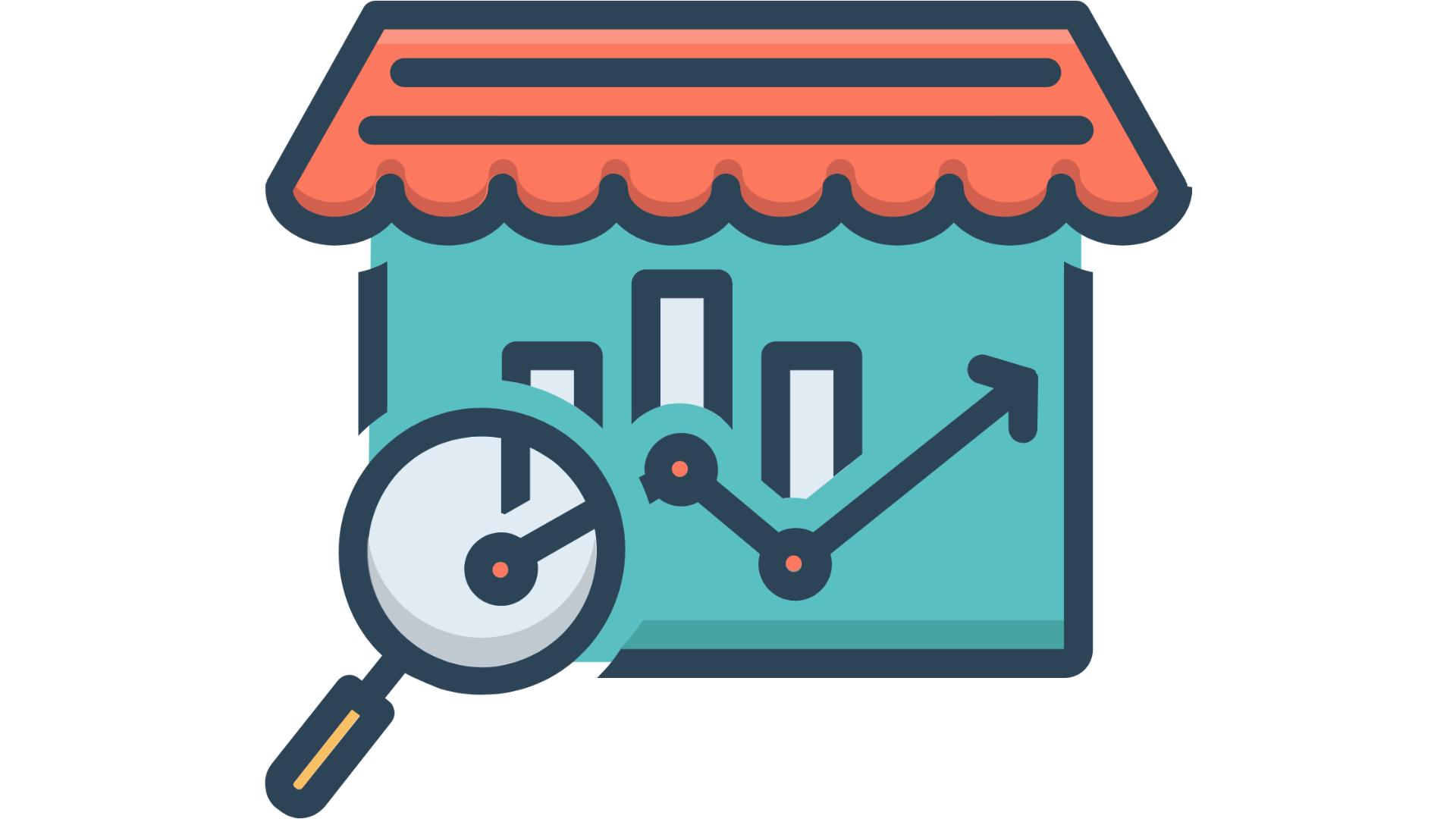
This section describes your marketing strategy and competitors. Here are some things that this section must contain:
A. Analyze your customers
Answer these questions:
- The demographics of the location?
- Who will be your usual customers? (Demographics)
- Age
- Income
- Gender
- What do they like?
B. Analyze your competitors
Here are some questions you need to address:
- Mention all the popular restaurants in your location.
- Which restaurants are your direct competitors?
(Let's suppose you run a sushi restaurant. If there is another sushi restaurant in your locality, then that bar will be your direct-competitor.) - Are your competitors successful?
- Why should your customers pick your restaurant over other competitors?
Please take note of other details like their food prices, opening-hours, interior design, etc. Then think of how you can stand out from your competitors. This section is very important for your investors too.
C. Analyze the market
Answer these questions:
- What’s your specialty? E.g., Thai food, sushi, etc.
- Are people already interested in that cuisine? How much demand is there in the market for your cuisine?
- What special offers do you have for your customers?
This section is not just important for your investors. It will also help you make a plan for your restaurant’s success.
SWOT Analysis
This is another important part of planning any business. This analysis should contain:
Strengths: Best things about your restaurant. It could be excellent food, impeccable service, the best location, or something else.
Weakness: The major drawbacks of your restaurant. A common example: a bad restaurant location.
Opportunities: Practical opportunities to grow your business. For example, your restaurant location might be near a tourist spot, so you might use marketing techniques to attract them.
Threats: External problems that can pose a challenge for your business. For example, new competitors, rising cost of food ingredients, etc.
4. Your Restaurant’s Menu
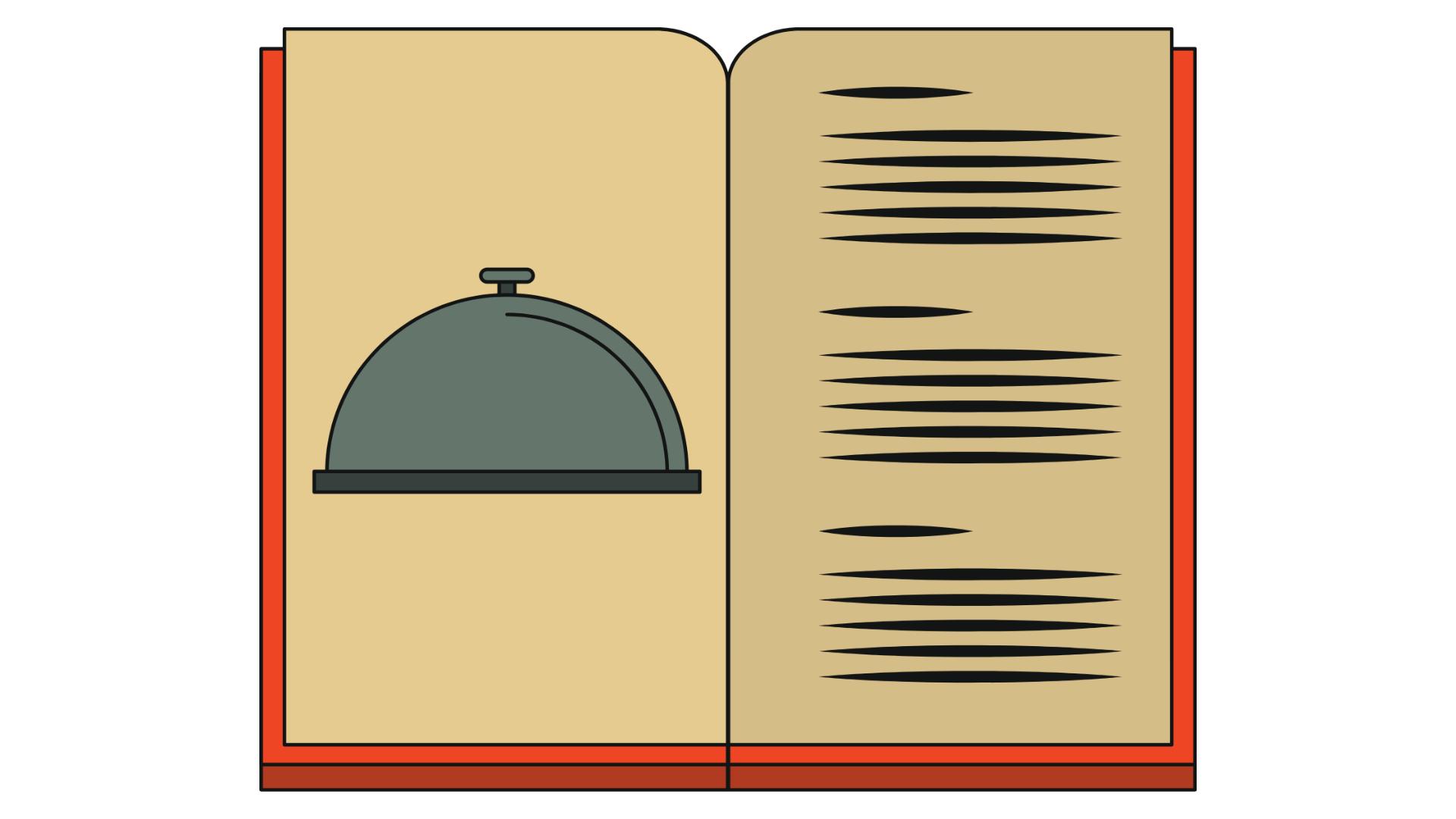
The menu is another crucial part of your restaurant. You will need to design it carefully. A well-designed menu can increase the sales of a restaurant drastically. It also helps to promote profitable dishes and increase your restaurant’s profitability.
You might not have the best version of your menu at this point in time. But it’s good to have a simple menu.
At this point in time, you should also have your restaurant’s logo ready. You can design the logo yourself using a free tool like Canva, but it is best to order a logo from freelancer services like Fiverr. Use this logo in your restaurant’s menu.
The main element of your menu is the pricing for your dishes. However, setting prices accurately for your dishes isn’t generally feasible right now. You will need to run your restaurant for some time to get the data and set your prices accurately.
(Learn more about how to make a great restaurant menu in this article.)
5. Restaurant Staff

In the previous section, we have suggested that you write down the restaurant owner’s qualifications and achievements. In this section, you need to write about the restaurant’s management team in detail. This will gain the confidence of your investors.
You don’t need to have the entire team of employees ready at this point in time. However, you should have a couple of important staff members. Write about their work experience and achievements.
6. Location of Your Restaurant
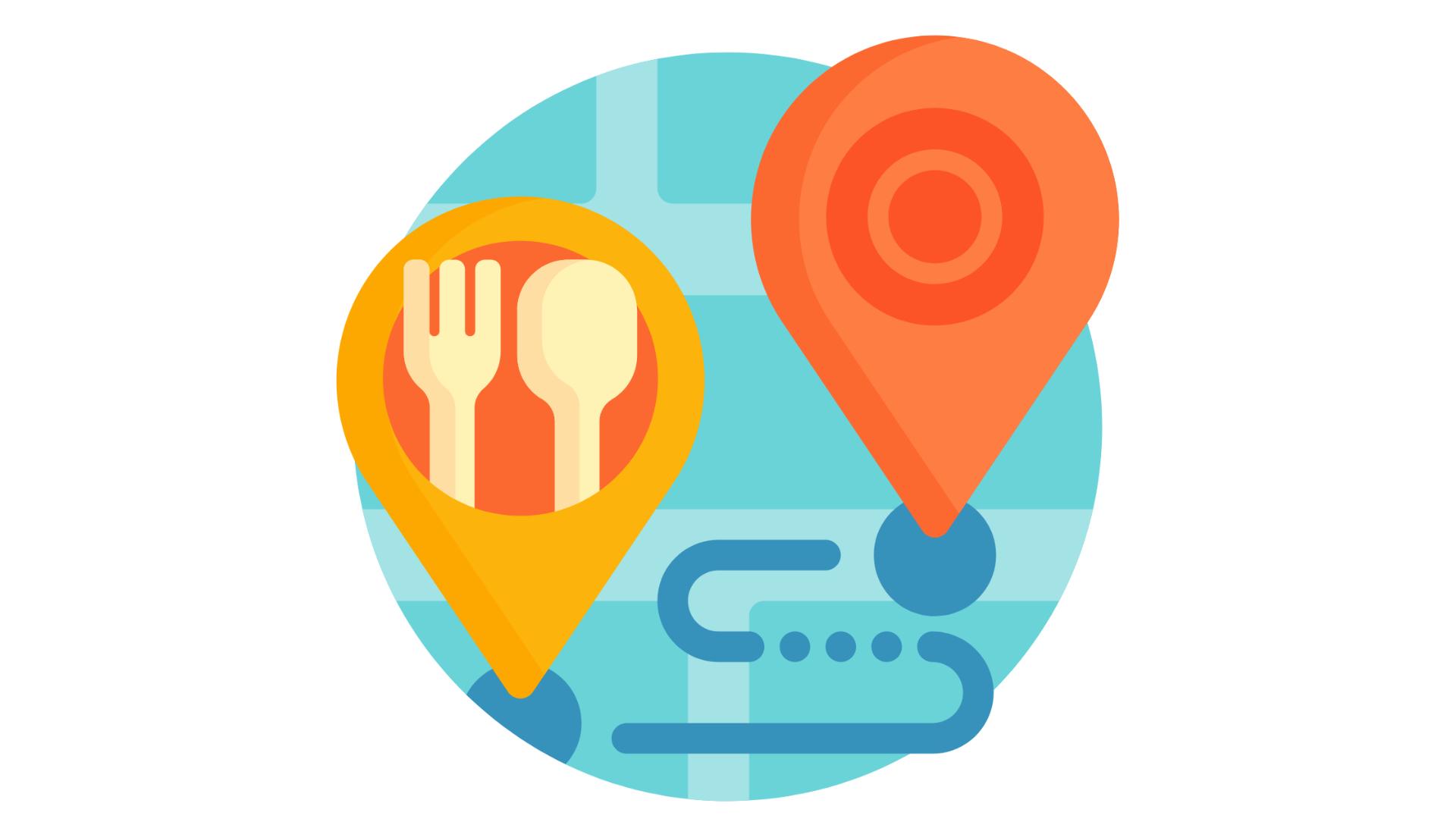
Location is one of the most important factors of a restaurant’s success. You should have already decided on a location for your restaurant. If you haven’t, make a list of 3-5 suitable locations for your business.
You need to think very thoroughly while choosing your restaurant location. First, do a market analysis and know your customer demographic. Then ensure that your location is suitable for your targeted customers.
For e.g., suppose you are planning to start an expensive restaurant. It will be best if you choose a location where the residents or visitors are financially affluent. It should also match their taste and preferences.
In this way, when writing this section, you can answer this question:
“Why is this location perfect for the restaurant?”
Mention every detail like the cost, demographic, etc.
There are two main things for analyzing the location:
- Accessibility of the location
- Complementary businesses
Check out this article to learn more about how to choose a location for your restaurant.
7. Design of Your Restaurant
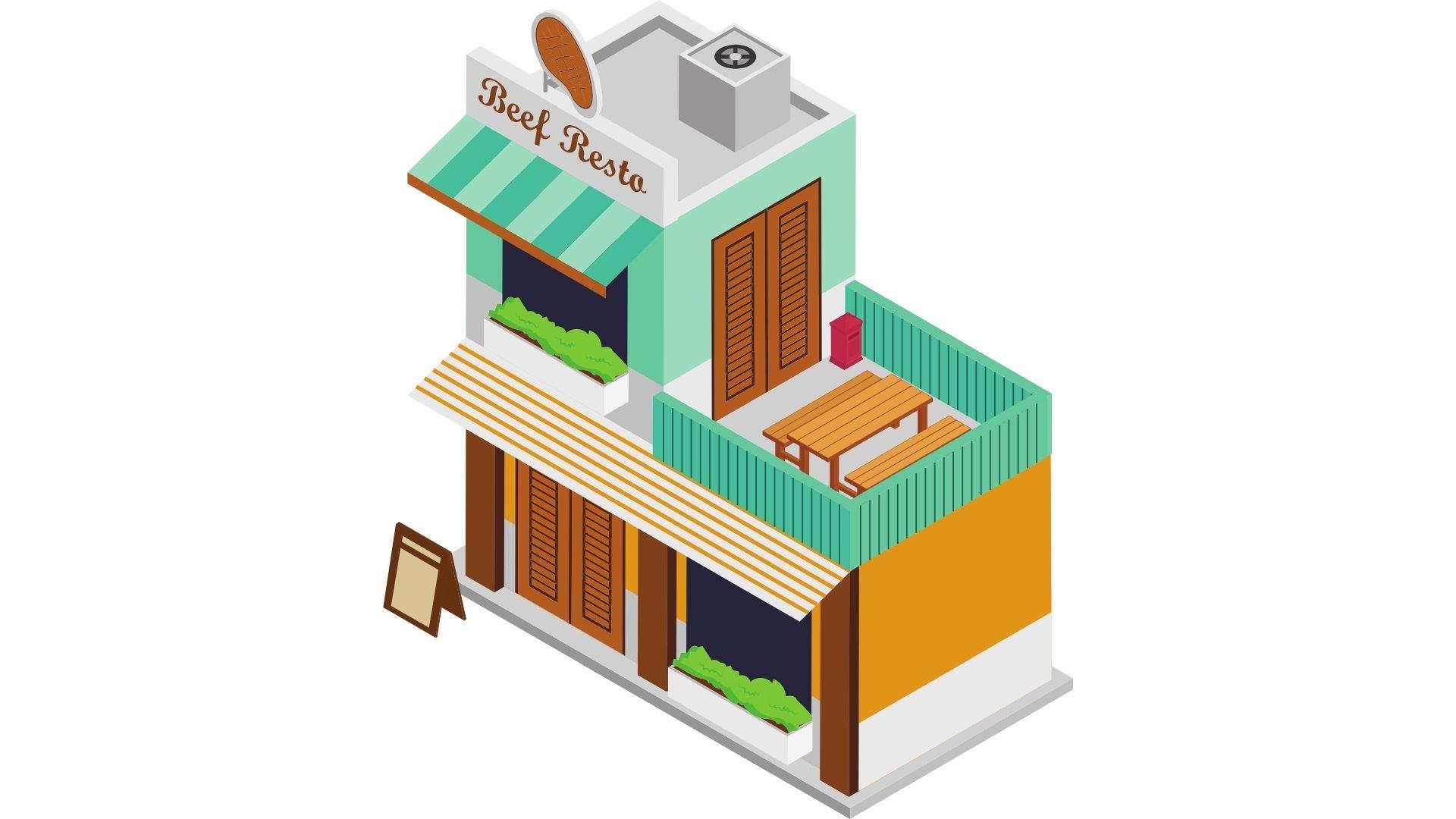
The aesthetic design of your restaurant is not just important for your business partners and investors, but it is also crucial for offering a great experience to your customers.
The interior design depends on the demographic of your customers and your restaurant’s type. For example, the theme of a fast food restaurant must be very different from the design of a premium fine dining restaurant.
Answer this question:
“What kind of design will be suitable for my restaurant? Will this design appeal to my customers?’
You need to explain to your investors why you have chosen this design and why it is best for your restaurant.
Note: Aesthetics of the design is important, but the functionality of the design is even more important.
8. Marketing Plan

Marketing is crucial for any restaurant’s growth. You need to let people know about your business to make it successful. Here are some questions that you need to answer:
- How are you going to market your restaurant?
- What advertisement methods are you going to use?
- Are your advertising methods different from your competitors? How?
This section is crucial for your investors. You also need to have a marketing plan for both before and after opening your restaurant. For example:
- How will you let people know about your restaurant before you launch it?
- How are you going to attract customers after you start your restaurant?
Important tip: Digital marketing methods like Facebook Ads, Google Business, Google Ads, are great methods to market your restaurant. You don’t need to hire an agency for all these; you can do it yourself!
9. Restaurant Operation Plan
How you will run your restaurant is definitely another important part of your business. The restaurant operation process is quite complex and has a lot of components.
Predicting and documenting your entire restaurant operation process before you start your business is not possible. But, you can at least have an operational strategy before you launch your restaurant. You can write about how you will hire your staff and what technology you will use.
Here are some things that you can elaborate on in this section:
Finding and recruiting employees
Finding the right staff for your restaurant can be challenging. So you need to have a systematic method for recruiting your restaurant staff.
List out all the online job portals that you plan to use. You can also use other methods like newspaper ads or personal referrals for finding good employees.
How will you select the best staff?
Make a list of what is required for every job role like chef, cashier, manager, etc. Write some interview questions that you can use to find your ideal employees.
Technology for restaurants

A great advantage of starting a restaurant nowadays is that there are plenty of modern software programs that can make it easy to manage and run a restaurant. A common example is restaurant POS software (also called restaurant management software). This kind of software can handle a lot of restaurant functions like:
- Managing orders
- Tracking your restaurant sales
- Accepting online food orders
In fact, most restaurants use software nowadays. It’s crucial.
10. Financial Analysis
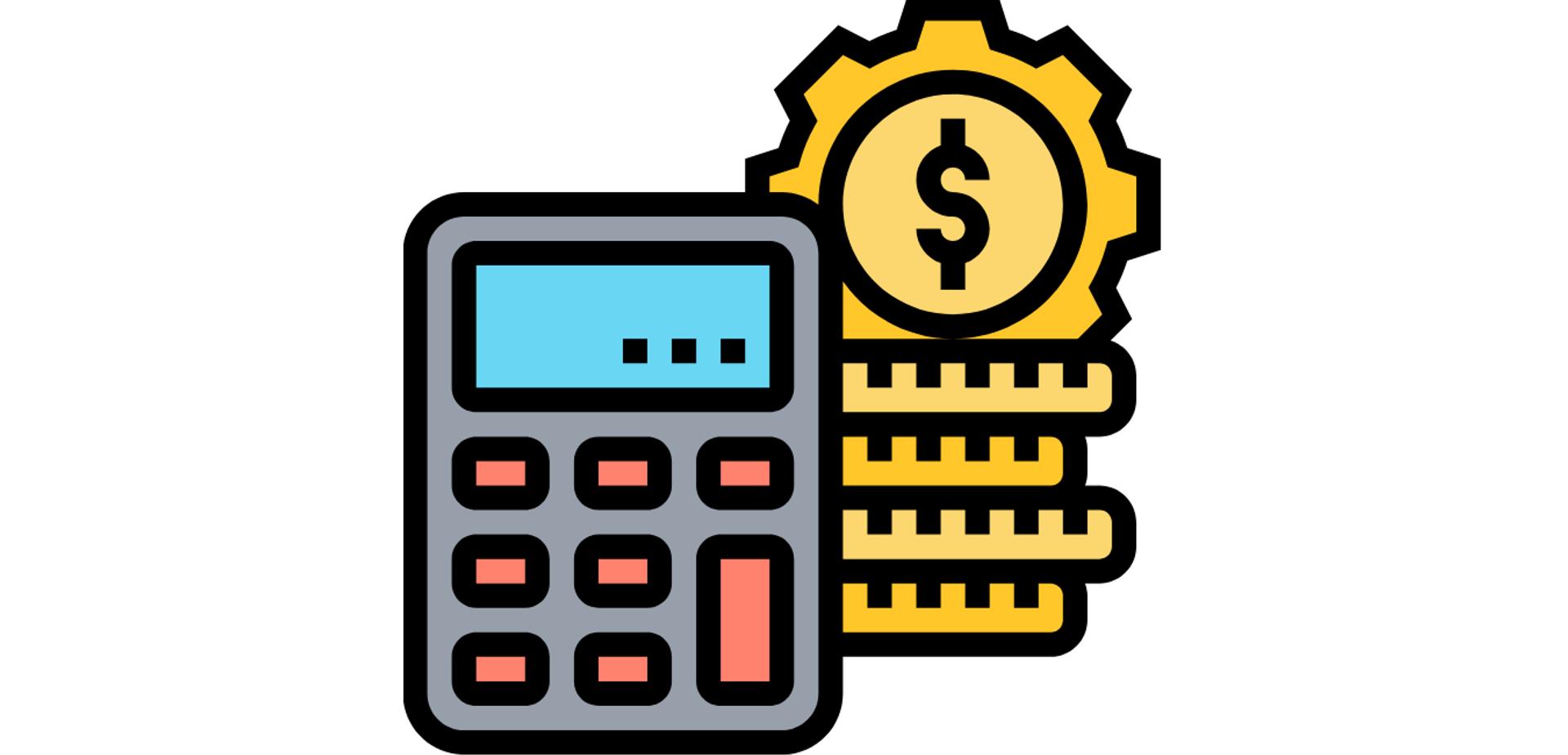
The most important part of your business plan is the financial analysis section. Mostly you will find your investors first looking at the financial section when they see your business plan document.
It is a good decision to hire a professional accountant to help you with this section and give a realistic estimate. You will need to provide your accountant some information like:
- How many seats your restaurant has?
- What is the expected bill for each customer? (Average)
- How many guests do you expect per day for your restaurant?
- Your food costs - costs of ingredients, other costs.
Here are some useful things that your accountant needs to include in the financial analysis section:
Sales forecast
This should be a realistic estimate of your weekly, monthly, and yearly sales. You can estimate this forecast on various factors like the restaurant's seating capacity, delivery options, advertising budget, expected growth, location, and prices of your dishes.
Total estimated cost for starting the restaurant
Any investor would like to know where their money is being spent. Also, making a cost estimate will help your restaurant stay within budget. You should identify:
- The biggest expenses for your restaurant
- Other small expenses
- The capital required for operating the restaurant ('Working capital')
Forecast of profits and loss
This section is pretty simple. You will need to write an estimate of the expected profit or loss in the first year.
Break-Even analysis
Break-even is when your restaurant business just starts to become profitable. It’s when the restaurant pays back all the loans, investments, and startup costs. This is a very valuable metric for your investors and business partners.
Here is a formula for calculating this: (Your accountant should handle this)
Break-Even Point = Total Fixed Costs / (Average revenue per customer - Average cost per customer)
This will tell your investors when they can get a return on investment.
Examples Of Business Plans For Restaurant
We will recommend visiting the website Bplans for some business plan examples.
Here are some examples:
- Fast food business plan template
- Fine dining restaurant business template
- Cafe business plan example
Useful Articles For New Restaurant Owners

Here are some useful articles for you:
- What is restaurant management software and why you need it.
- Every equipment that your restaurant kitchen needs.



